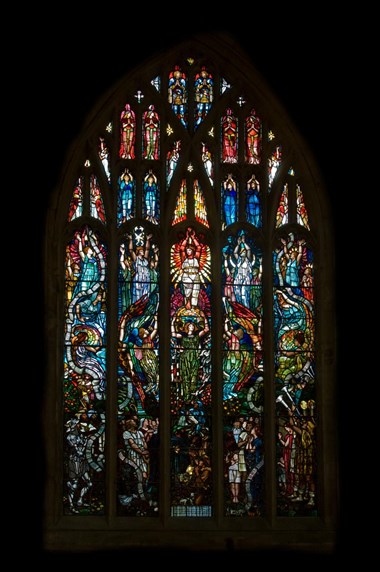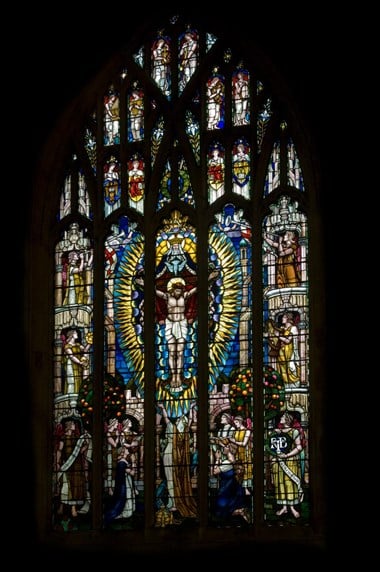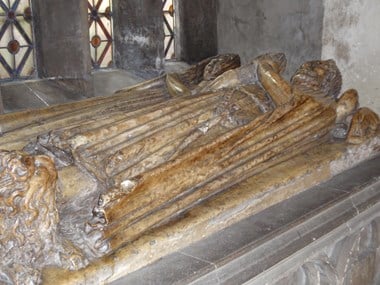5: Holy Trinity
England’s largest parish church, Holy Trinity, was built soon after the founding of Kingston upon Hull by Edward I, and royal masons were almost certainly involved.
The earliest parts are the transepts and lower part of the tower, built between 1300 and 1320. These were followed by the choir (rebuilt between 1340 to 1370) and the nave (1380 to 1420).
Inside, the slender masonry structure and large windows give an impression of space and light. Fittings include an elaborate marble font of about 1380, late medieval bench ends and a stone pulpit with curving staircase from the 1840s restoration.
The stained glass includes two fine windows by late-Victorian designer Walter Crane.
The church is packed with illuminating memorials to Hull’s wealthy and influential inhabitants. Among them is an ornate mid 14th century canopied tomb to a member of a leading merchant family, the de la Poles, a brass to Richard Byll who died 1451 of the plague, and a memorial to John Matthewson, died 1863, which mentions his role in securing a clean water supply for the townspeople.
Gallery
Please click on the gallery images to enlarge.









